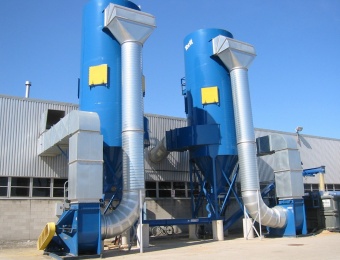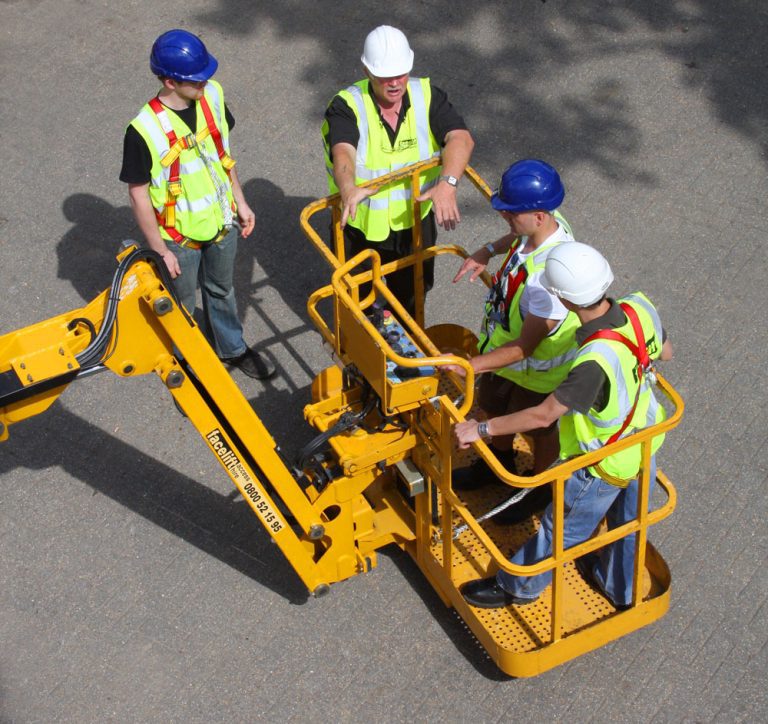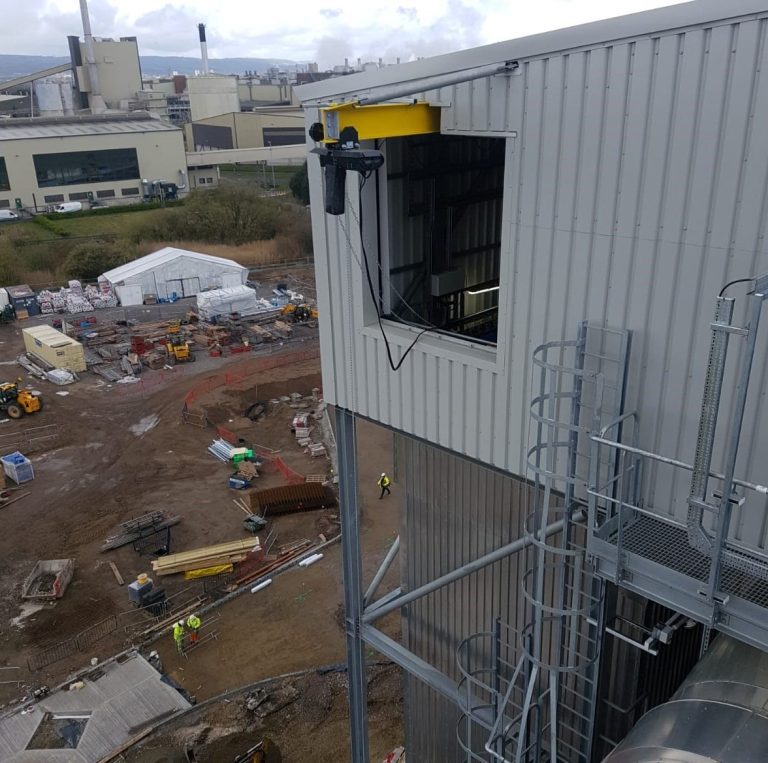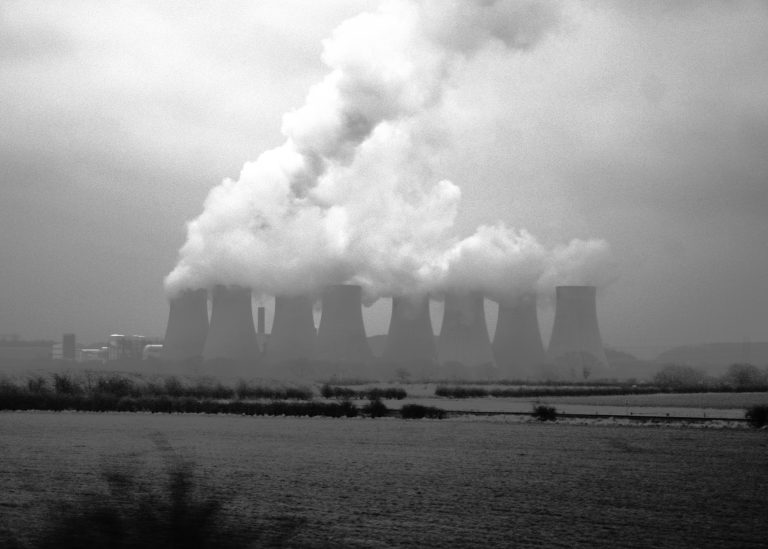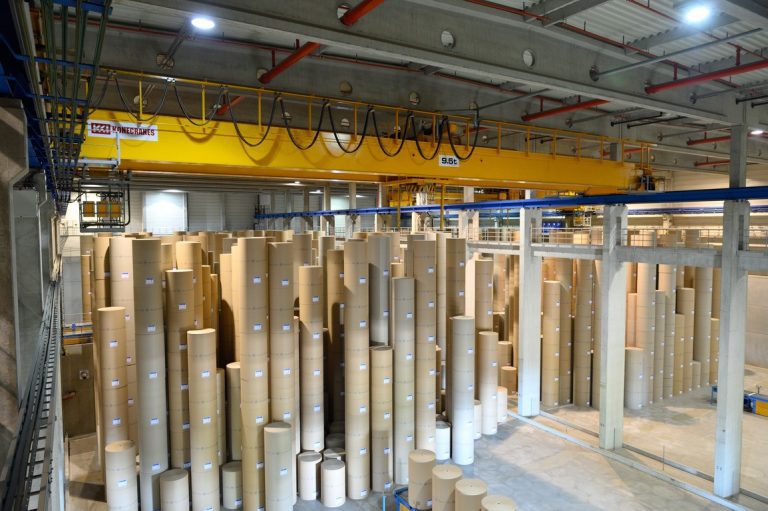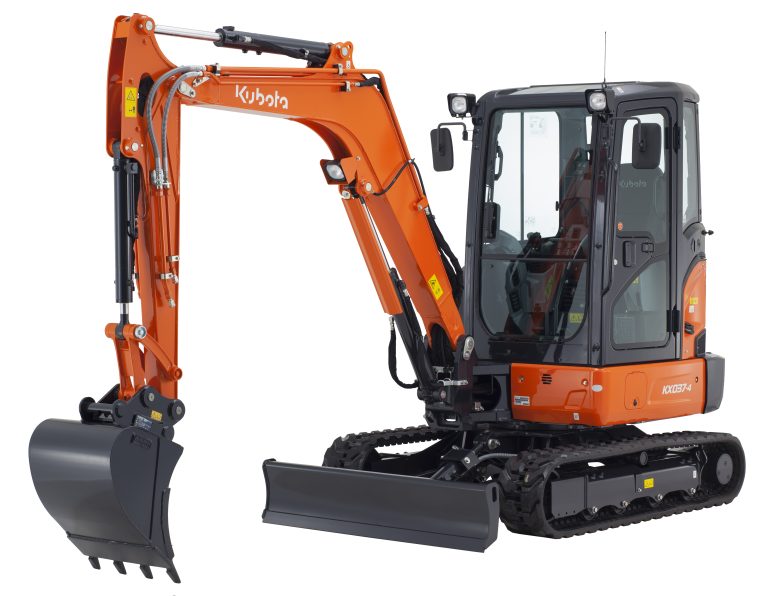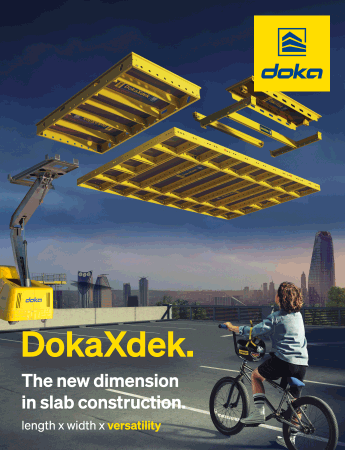Konecranes investigates the hoisting gears of the critical overhead cranes at the Palm paper factory, with Oil Analysis and Crane Reliability Study (CRS) Churning out corrugated base paper: The paper machine 6 (PM6) at the Palm paper factory in Wörth am Rhein, Germany, annually produces some 650,000 tons of the versatile packaging raw material with surface weights of up to 160 g/m2. In order to safely transport these huge paper rolls day and night, the double-girder bridge cranes inside the factory must always function flawlessly. For this reason, Konecranes has closely analyzed the gear oil of the cranes and used the endoscope to look deep inside the gears. Paper remains one of the most important resources for the economy: According to the association of German paper factories, the paper industry sold approximately 23 million tons of paper, cardboard and paperboard in 2017 – up 1.4 percent from 2016. The packaging industry is especially hungry for paper. Sales in this sector increased by 3.4 percent last year alone. This is the area of operation for the paper machine 6 (PM6) at the Palm paper factory in Wörth am Rhein. The 650,000 tons of corrugated base paper it produces each year is handled at various stages by eleven double girder overhead cranes, all playing their own crucial role in the paper production on PM6. In order to safely transport these large paper rolls day and night, the hoisting gears of the eleven cranes inside the factory must always be in top operating condition. For this reason, Palm has asked Konecranes to look at eight of its most critical cranes. Following the results of the oil analysis and subsequent endoscopic investigation, the maintenance experts identified a significant risk to future production and replaced one of the hoisting gears completely. Record paper machine produces around the clock At the Palm paper factory, located in Aalen in Baden-Württemberg, everything circles around recovered paper. Nine paper machines in five factories annually produce approximately 2.2 million tons of newsprint and corrugated base paper. The paper production continues around the clock. Correspondingly high are the demands from the eleven double-girder bridge cranes that have been in use in the factory in Wörth am Rhein since the start of production in 2002. Collectively, they handle and store the completed paper rolls that weigh many tons. “The cranes are in use day and night,” says Sven Bohrer, electrical engineer at the Palm paper factory. “If one should break one day, the production would have to stop, or at least greatly slow down, until the problem is solved. This would cost us time and money.” For this reason, Konecranes has closely investigated the gear oil of the hoisting gears of eight of the eleven double-girder bridge cranes at Palm. Because you can look deep inside the oil, the wear metals and waste substances it contains make it possible to draw conclusions about the state of the entire gear. Nico Zamzow, Vice President Industrial Service EMEA Central at Konecranes, comments on the method: “The oil analysis protects the crane. Any damage can be identified and treated early with its help. Moreover, system operators are able to optimize the maintenance and servicing of the cranes thanks to the detailed analysis report, and thus significantly increase their lifespan.” For the oil analysis at Palm, Konecranes experts took samples from the hoisting gears of the eight double-girder bridge cranes. “The samples are analyzed by our laboratory, which specializes in industrial drive train analysis. Here, the lab staff compares the current state of the oil with the samples taken in 2016 and against the OEM design limits,” says Nico Zamzow. “This way, we also use trend analysis to provide the best possible picture of any change within the condition of the gearbox.” The result for Palm: Seven of the eight cranes were found to be “healthy”, as in the gear oil contained few to no foreign elements or waste substances indicating contamination or wear. However, the gear oil of the automated number 5 crane, used in the roll warehouse, was found to have a noticeable increase in its wear partial count, triggering the lab to issue a “Caution” notification on the analysis report. Nico Zamzow: “Iron particles in the oil can be an indication of increased wear and a deeper look may be required for this particular hoist”. Crane Reliability Study has the solution If the reason for the wear is not clearly identified and removed, the gear may be permanently damaged. “If the gear is jammed while there is a roll on the hook, it becomes very difficult to recover it and repair the crane,” explains Nico Zamzow. In order to determine whether there is already damage, the Konecranes experts used the Crane Reliability Study (CRS). The modular analysis allows them to check safety-relevant components, such as the hoisting gear as well as the steel structure, the motors, and the electrical equipment of the crane. In addition, the maintenance experts pose questions to crane drivers and technicians. The analysis result flows into a detailed report for crane owners – with concrete recommendations for action. In the case of Palm, Konecranes used a high-definition video endoscope to investigate the hoisting gear. “Just like in medicine, we use the endoscope to reach inaccessible places without having to dismantle the entire gear,” says Nico Zamzow. “For the CRS, we use a special, oil-resistant model that was developed for industrial use and can be fitted with different lenses.” Following the endoscopic investigation, the Konecranes service experts are certain: The hoisting gear must be replaced. In addition, the cable drum, the cable drum support, the slip-ring unit, the cylinder coupling, and the motor coupling must be renewed. “Thanks to discovering the wear early on, there was no risk to safety and we were able to replace the old gear with a new one without affecting production,” explains Nico Zamzow. “The benefits of Oil analysis as a predictive maintenance tool for identifying problems early on is proven to minimize



